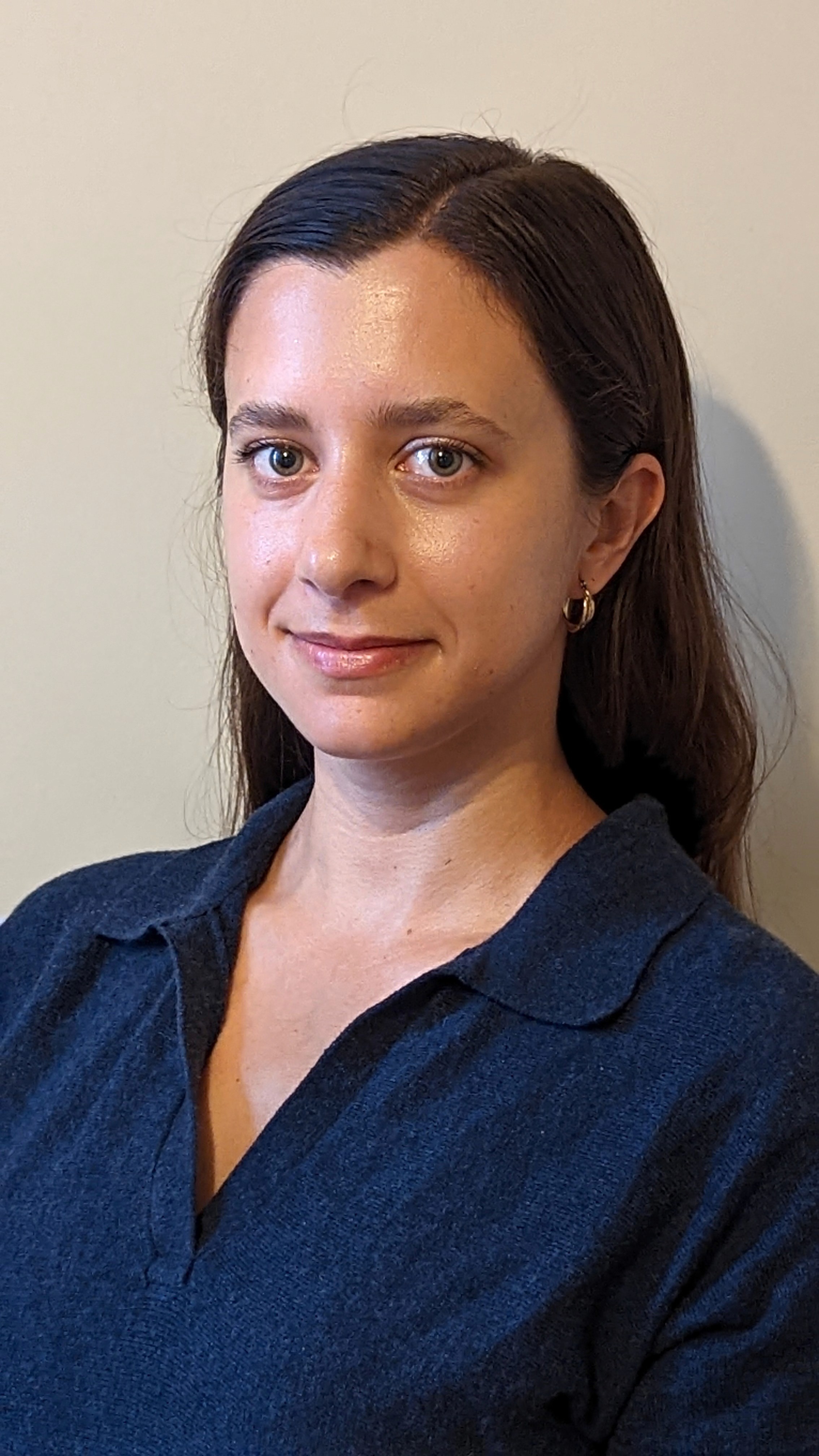May 14, 2024
Descript Video Editing: How Does It Work

Carly
Descript changed the game when it comes to video editing by making it possible to edit videos through text.
Instead of the usual method of scrubbing through timelines to find and cut scenes, Descript uses transcripts of your videos, letting you edit your footage much like you would a document.
Descript text-based video editing
Descript’s text-based video editing simplifies the editing process and makes video editing accessible to a wider audience, including those who might not be familiar with run-of-the-mill editing tools. Here’s how it works.

Creating a transcript
Descript starts by auto-generating a transcript from your video or audio file. This transcript is a word-for-word text version of your video content created using advanced speech recognition technology.

Jump right to the point
Once the transcript is ready, you can click on any word in the transcript to jump to that exact point in the video. This makes finding specific segments much easier compared to scrubbing through a timeline.
If you remember a keyphrase or specific word, you can locate it right away without playing back large portions of the video.

Edit your video through text
By double-clicking on a word, a range of editing options becomes available. You can delete that word from the video or delete everything else and keep only that segment.
This text-based editing can be applied to single words, phrases, or even entire passages. It’s as simple as highlighting text in a document and deciding whether to cut, copy, or delete.

Cleaning up fillers and mistakes
A common issue in spoken content is those pesky filler words like “um” and “uh.” Descript automatically spots these words and underlines them for you. With just a click, you can get rid of all these fillers, tidying up your audio and giving it a more polished sound.

Mixing text and timeline edits
Descript lets you easily switch between text-based editing and traditional timeline editing. This flexibility is particularly helpful for more complex edits where you need exact control over both the visuals and the audio.

Keep your transcript in view
The transcript view stays open while you move through different clips. This constant view helps you work more efficiently across parts of your video, making it easier to edit and polish your content without having to switch back and forth between different modes or views.
Descript AI-Powered Text-to-Speech
Descript's text-to-speech feature, powered by AI, lets you turn text into realistic, high-quality audio. This makes editing and production a lot simpler. The AI voices are quite natural, capturing things like pauses and inflections effectively.

You have the option to create your own AI voice clones or use Descript’s pre-made voices. This is great for easily creating voiceovers, filling in gaps, or producing complete narrations without needing to record anything live.
Tella’s take on text-based video editing
Besides Descript, Tella also has a solid text-based video editing feature. It works similarly, offering an intuitive and efficient way to edit videos through text. Here's an overview of how Tella’s text-based editing works:
Easy transcript navigation
When you load a video in Tella, you can switch to transcript mode to see the video's full transcript. You can hover over any word and click to jump right to that point in the video. This makes it easy to locate and focus on specific parts of your video.
Flexible editing choices
In Tella, when you double-click a word, you get several options. You can remove the word, keep only that segment of the video, or even restore words you've previously deleted. This gives you precise control over your editing. You can also select multiple words or sections and use the ‘keep only this’ function to isolate these parts.
Streamlining with filler word cleanup
Just like Descript, Tella automatically spots filler words in the transcript, highlighting them for easy removal. This helps you clean up your audio more efficiently.
Seamless editing flow
Tella keeps the transcript view open as you edit different clips, similar to a timeline in traditional editing software. This constant access allows you to edit more smoothly without needing to switch views constantly.
FAQs
Is Descript good for video editing?
Descript is a great AI tool for video and podcast editing using nothing but a simple transcript.
Is Descript fully free?
No, Descript's Free plan includes everything you need to record, transcribe, edit, and mix audio and video content. If you'd like to continue transcribing after using your monthly 1 hour, you can upgrade to a paid plan and receive up to 30 hours of auto transcription each month.
Is Descript worth the money?
Since Descript has a learning curve to get started, it might not be worth the money for everyone. It’s worth checking out other tools, like Tella.
How much does Descript cost a year?
Descript's annual costs are:
Free Plan: $0 per year.
Creator Plan: $144 per year.
Pro Plan: $288 per year.
Key Takeaways
Descript and Tella are changing the way we edit videos, making them faster, easier, and more accessible for everyone. By turning video editing into a text-based process, these tools make it simpler for creators to focus on their content instead of the tech details.
Descript lets you smoothly navigate and edit your video using a transcript. With just a few clicks, you can make precise changes and enhance your audio with realistic AI voices. It's great for creating podcasts, screen recordings, or full video voiceovers.
Tella offers similar features, letting you edit videos directly through the transcript. This approach simplifies the editing process by combining the best of text-based and traditional timeline editing.
Descript and Tella show just how much AI and innovative software are transforming media creation and editing, opening up high-quality video production to everyone!



